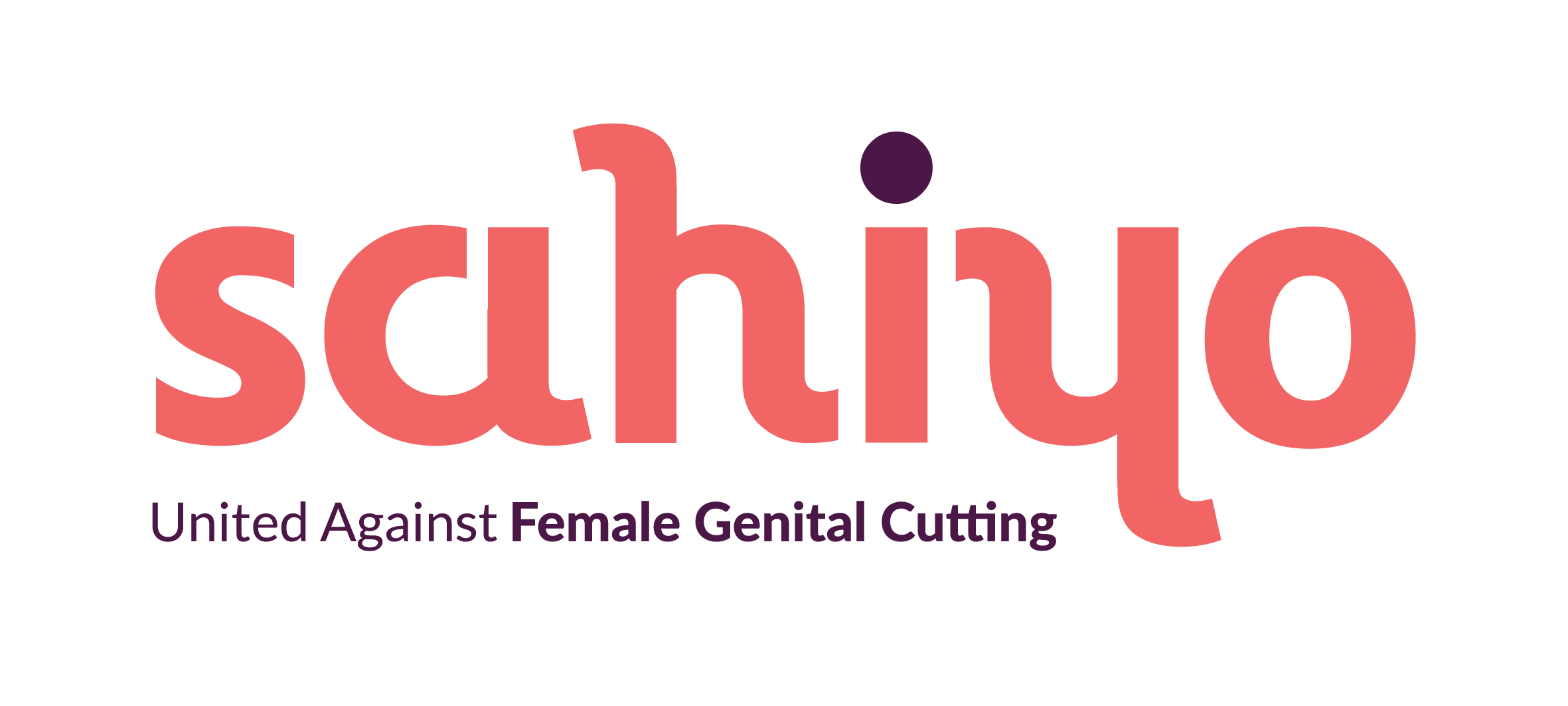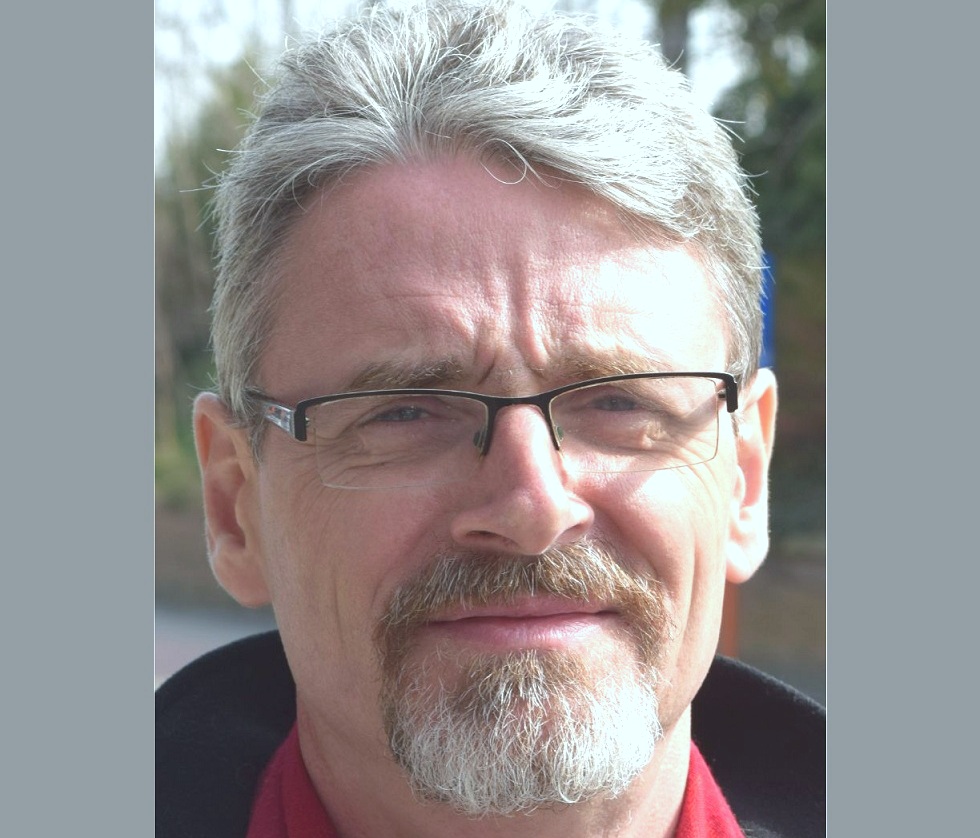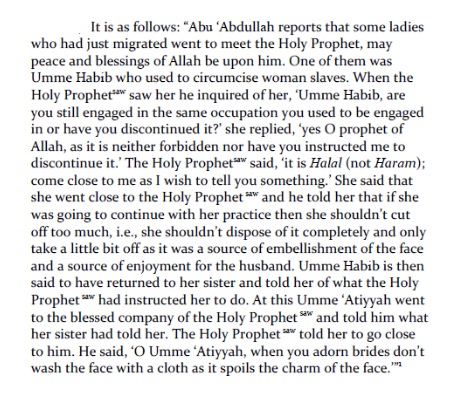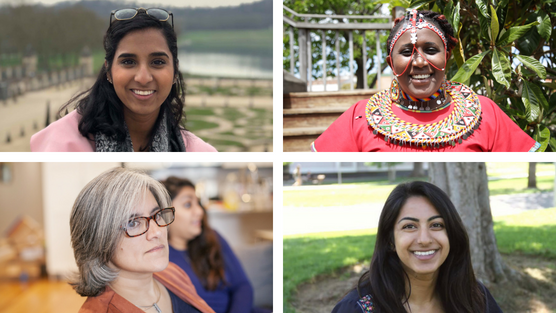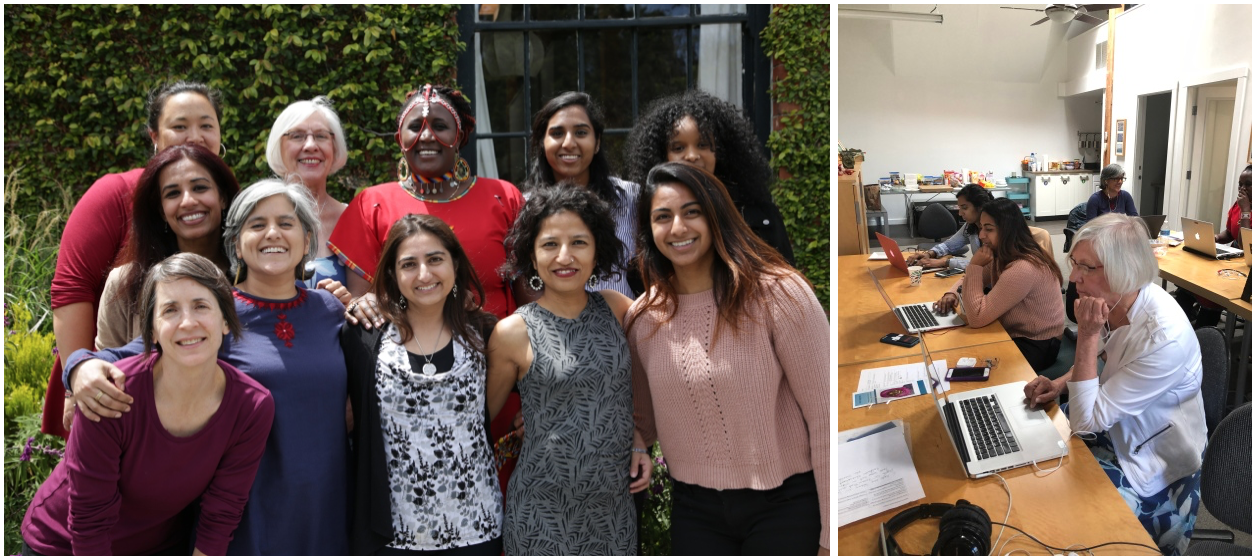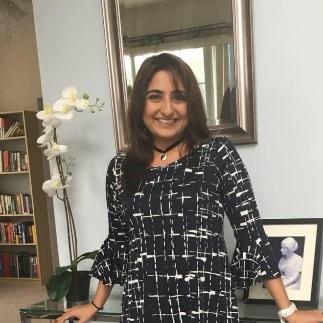(This article is Part 6 of a seven-part series on trauma related to Female Genital Cutting. To read the complete series, click here. These articles should NOT be used in lieu of seeking professional mental health and counseling services when needed.)
By Julia Geynisman-Tan, MD
Background
FGM/C has no known health benefits, but does have many immediate and long-term health risks, such as hemorrhage, local infection, tetanus, sepsis, hematometra, dysmenorrhea, dyspareunia, obstructed labor, severe obstetric lacerations, fistulas, and even death. While the psychological, sexual, and obstetric consequences of FGM/C are well-documented (refer to prior posts in this series), there are few studies on the urogynecologic complications of FGM/C. Urogynecology is the field of women’s pelvic floor disorders including urinary and fecal incontinence, dysfunctional urination, genital prolapse, pelvic pain, vaginal scarring, pain with intercourse, constipation and pain with defecation and many other conditions that affect the vagina, the bladder and the rectum. Urogynecologists are surgeons who can both medically manage and surgically correct many of these issues.
FGM/C and Urinary Tract Symptoms
One recent study from Egypt suggested that FGM/C is associated with long-term urinary retention (sensation that your bladder is not emptying all the way), urinary urgency (the need to rush to the bathroom and feeling that you cannot wait when the urge comes on), urinary hesitancy (the feeling that it takes time for the urine stream to start once you are sitting on the toilet) and incontinence (leakage of urine). However, the women enrolled in this study were all presenting for care to a urogynecology clinic and therefore all of them had some urinary complaints so it is difficult to tell from this study what the true prevalence of lower urinary tract symptoms are in the overall FGM/C population.
Therefore, given the significant number of women with FGM/C in the United States and the paucity of data on the effects of FGM/C on the urinary system, my research team studied this topic ourselves in order to describe the prevalence of lower urinary tract symptoms in women living with FGM/C in the United States. Publication will be available online in December 2018.
 We enrolled 30 women with an average age of 29 to complete two questionnaires on their bladder symptoms. Women in the study reported being circumcised between age 1 week and 16 years (median = 6 years).
We enrolled 30 women with an average age of 29 to complete two questionnaires on their bladder symptoms. Women in the study reported being circumcised between age 1 week and 16 years (median = 6 years).
- 40% reported type I
- 23% type II
- 23% type III
- 13% were unsure
Additionally, 50% had had a vaginal delivery; and 33% of these women reported that they tore into their urethra at delivery.
Findings:
A history of urinary tract infections (UTIs) was common in the cohort:
- 46% reported having at least one infection since being cut
- 26% in the last year
- 10% reported more than 3 UTIs in last year
- 27% voided ≥ 9 times per day (normal is up to 8 times per day)
- 60% had to wake up at least twice at night to urinate (once, at most, is normal)
Most of the women (73%) reported at least one bothersome urinary symptom, although many were positive for multiple symptoms:
- urinary hesitancy (40%)
- strained urine flow (30%)
- intermittent urine stream (a stream that starts and stops and starts again) (47%) were often reported
- 53% reported urgency urinary incontinence (leakage of urine when they have a strong urge to go to the bathroom)
- 43% reported stress urinary incontinence (leakage of urine with coughing, sneezing, laughing or jumping)
- 63%reported that their urinary symptoms have “moderate” or “quite a bit” of impact on their activities, relationships or feelings
What’s the Connection Between FGM/C and Urinary Symptoms?
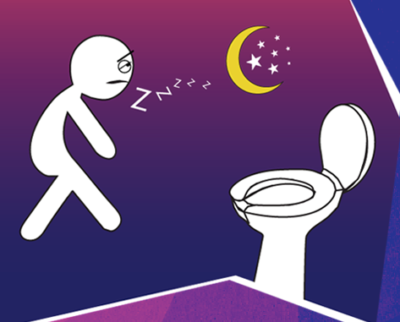
Urinary symptoms like the ones described above can be the result of a number of factors. Risk factors for urinary urgency and frequency, incontinence, and strained urine flow include pregnancy and childbirth, severe perineal tears in labor, obesity, diabetes, smoking, genital prolapse and menopause.
However, given the average age of women in our sample and the fact that only half of them had ever had a vaginal birth, the rate of bothersome urinary symptoms are significantly higher than has been previously reported. FGM/C may be a separate risk factor for these symptoms. Interestingly, the prevalence of urinary tract symptoms in our patients closely resembled that of a cohort of healthy young Nigerian women aged 18-30, in which the researchers reported a prevalence of lower urinary tract symptoms of 55% with 15% reporting urinary incontinence and 14% reporting voiding symptoms. The authors do not mention the presence of FGM/C in their study population but the published prevalence of FGM/C in Nigeria is 41%, with some communities reporting rates of 76%. Therefore, it is likely that many of the survey respondents had experienced FGM/C, thereby increasing the prevalence of lower urinary tract symptoms in their cohort. In the study of women in Egypt referenced above, those with FGM/C were two to four times more likely to report urinary symptoms compared to women without FGM/C.
The connection between FGM/C and urinary symptoms can be understood from the literature on childhood sexual assault and urinary symptoms. Most women who experience FGM/C recall fear, pain, and helplessness. Like sexual assault, FGM/C is known to cause post-traumatic stress disorder, somatization, depression, and anxiety. These psychological effects manifest as somatic symptoms. In studies of children not exposed to sexual abuse, the rates of urinary symptoms range from 2-9%. In comparison, children who have experienced sexual assault have a 13-18% prevalence of enuresis (bedwetting) and 38% prevalence of dysuria (pain with urination). The traumatic imprinting acquired in childhood persists into adult years. In a study of adult women with overactive bladder, 30% had experienced childhood trauma, compared to 6% of controls without an overactive bladder. There is a neurobiological basis for this imprinting. Studies in animal models show that stress and anxiety at a young age has a direct chemical effect on the voiding reflex and can cause an increase in pain receptors in the bladder. Additionally, the impact of sexual trauma on pelvic floor musculature has been well described. Women who experience genital trauma often respond with an involuntary contraction of the pelvic floor, which can develop into non-relaxing pelvic floor dysfunction and subsequent urinary hesitancy, strained flow, retention, bladder pain and overflow incontinence.
These Conditions are Treatable
There are treatments for all of the conditions. Urinary hesitancy, strained flow, bladder pain, and urgency are often treated with pelvic floor muscle therapy. That is because many of these symptoms come from an unconscious, constant clenching of the pelvic floor muscles, which then prevents them from using their full range of motion and pinches off the nerves running through the muscles. Pelvic floor therapy focused on lengthening and stretching these muscles can completely change the way that you urinate and the sensation of pain in the pelvis. This kind of physical therapy is done by all female providers in a private room. The therapy consists of a combination of external and internal work on all of the muscles of your core and pelvic floor to release trigger points of tension and teach you how to relax and lengthen these muscles. Sometimes the therapists use biofeedback devices in the vagina to help you to recognize certain muscles groups. The sessions are usually one hour long and last for 6-12 visits. You can obtain a referral to a pelvic floor physical therapist from your local urogynecologist.
If you have urinary leakage throughout the day or nighttime, this can also be treated. Your urogynecologist can help differentiate whether you have stress urinary incontinence (leakage with coughing, laughing, exercise, lifting) or urgency urinary incontinence (leakage that follows the urge to go to the bathroom or sometimes sporadic leakage without any urge). These types of incontinence are treated differently but both can be treated with a combination of medicine, office procedures or surgical treatments. To find a urogynecologist in the Unit, you can go to the website of the American Urogynecologic Society and click on patient services.
About Julia Geynisman-Tan
Julia is a Female Pelvic Medicine and Reconstructive Surgeon in the Department of Obstetrics and Gynecology at Northwestern. During her residency at New York Presbyterian – Weill Cornell, she founded the Survivor Clinic of New York City, a dedicated clinic for women who had experienced sexual violence, including trafficking, female genital mutilation, and torture in war. Now in Chicago, Dr. Geynisman-Tan has founded the Northwestern ERASE Clinic for survivors of human trafficking and is an asylum evaluator for Physicians for Human Rights. She is currently a co-chair of the American Women’s Medical Association Physicians Against Trafficking of Humans Committee, on the board of the America Hospital Association’s Human Trafficking Consortium and serves on the Cook County Human Trafficking Task Force.

